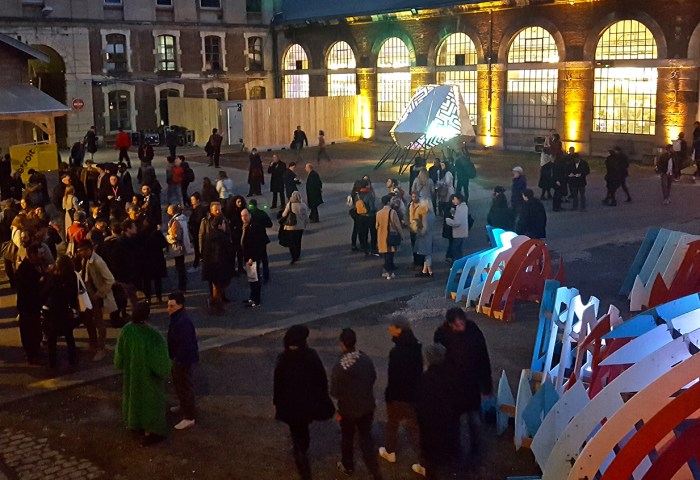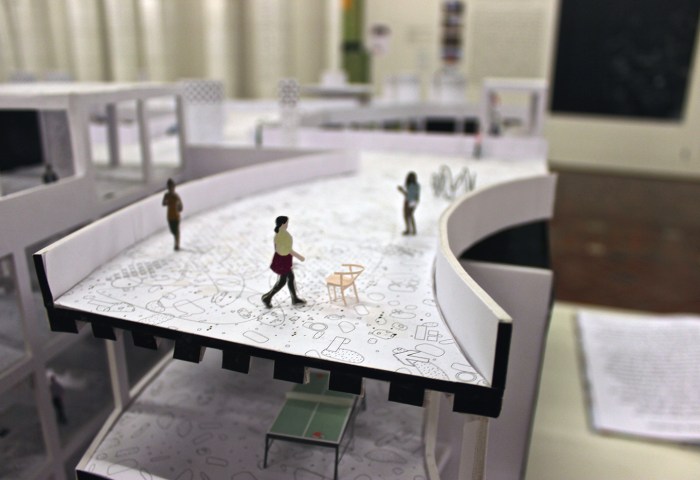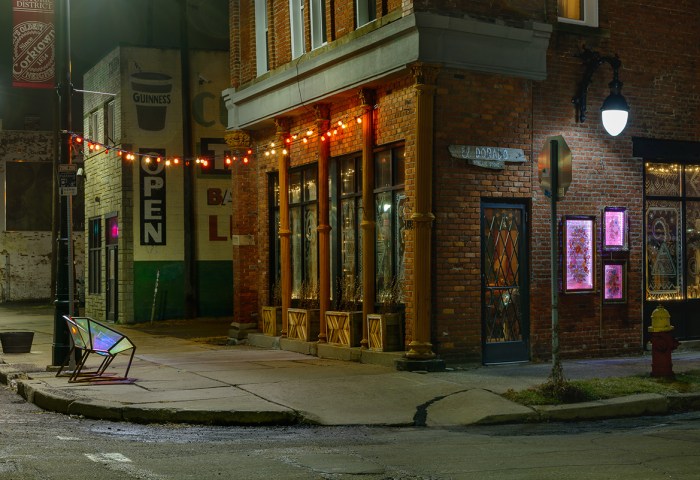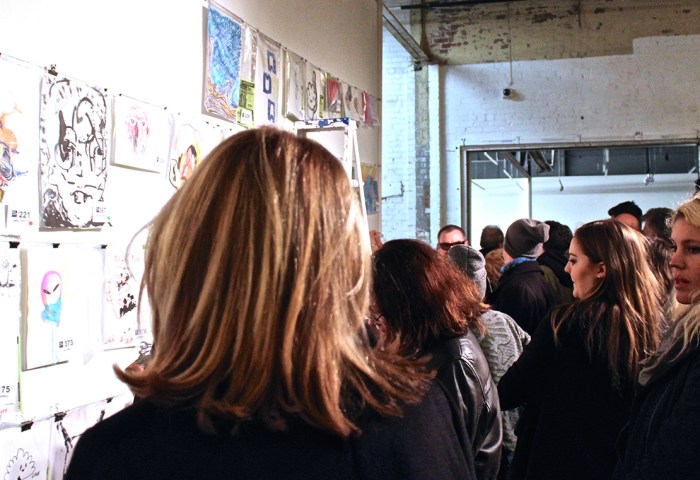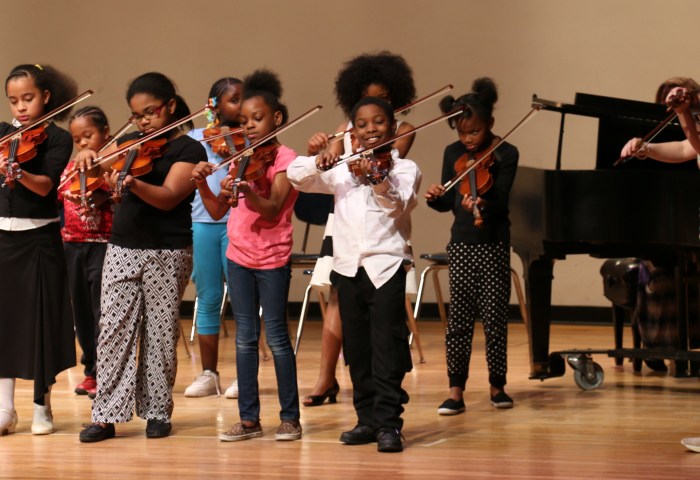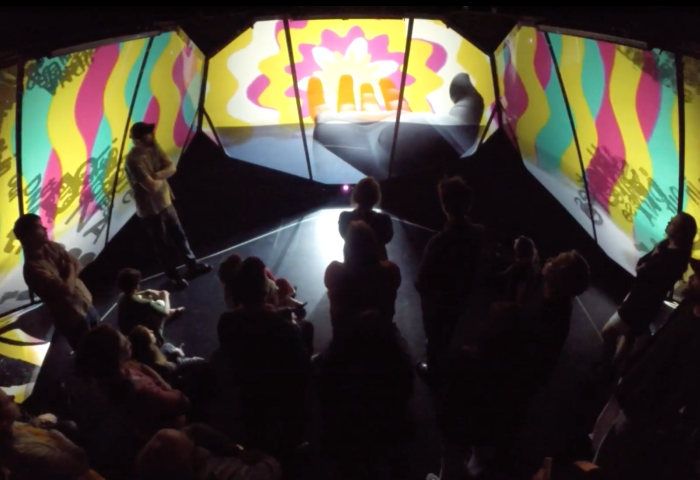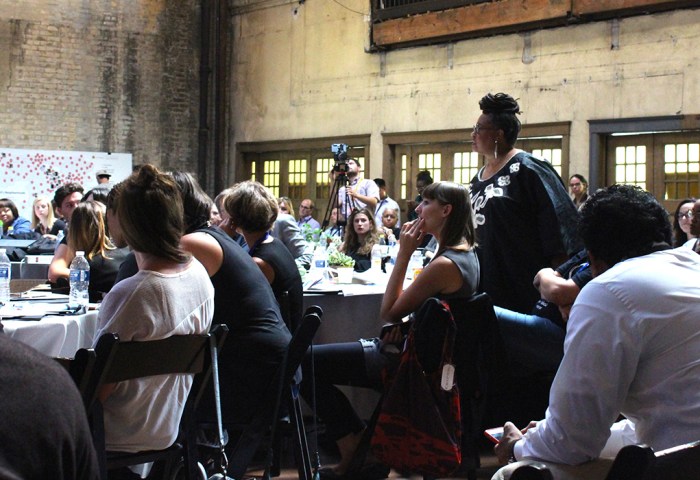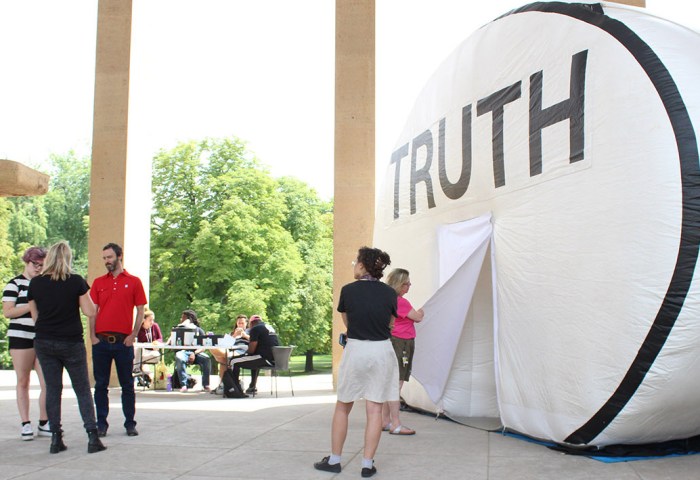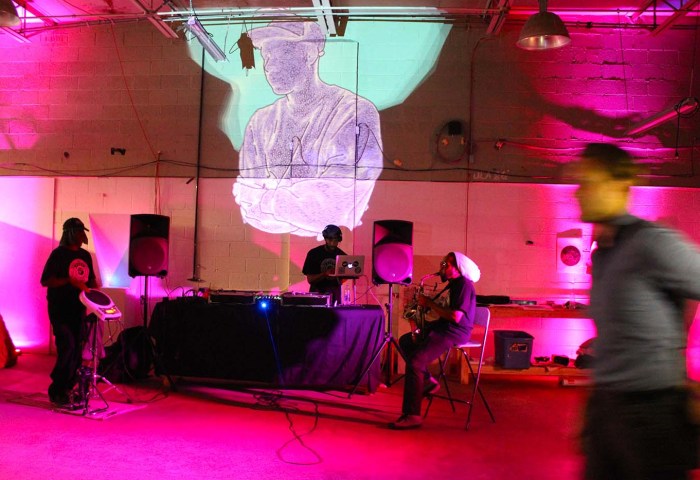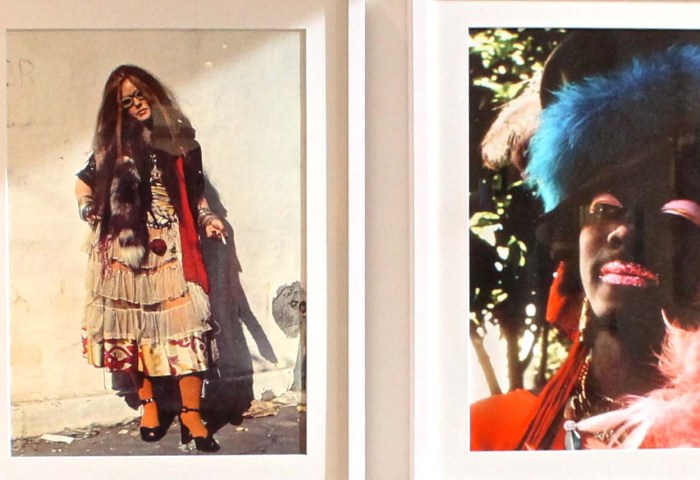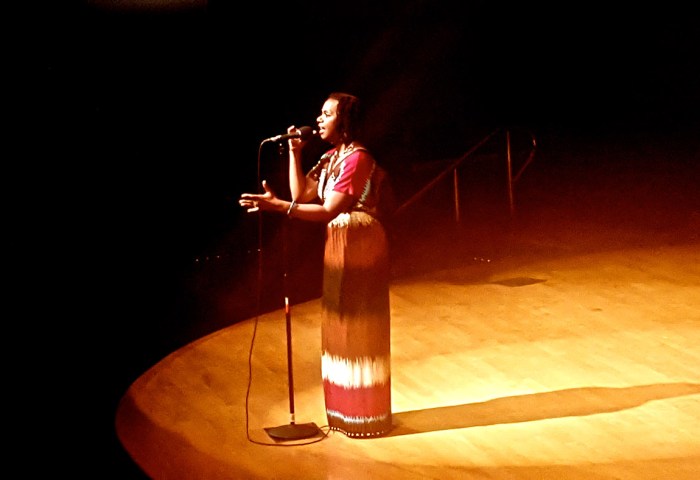When Detroit Creative Corridor Center (DC3) began the lengthy and involved process of applying for UNESCO City of Design status on behalf of Detroit—a goal that was successfully achieved at the end of 2015—they did so knowing it would help centralize the role that design plays in shaping cities, and the lives of their citizens. […]
Article · March 23, 2017 by Rosie Sharp
